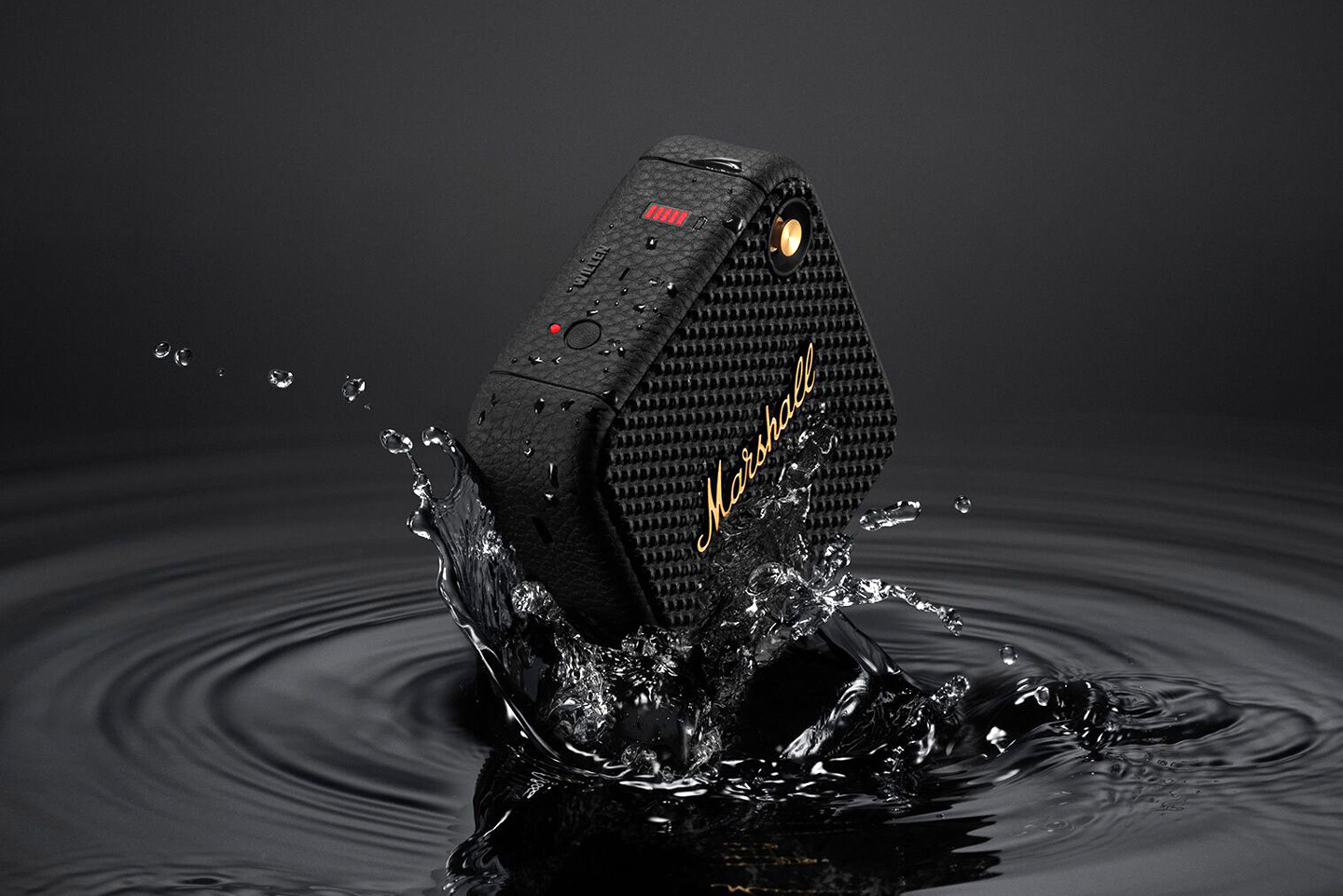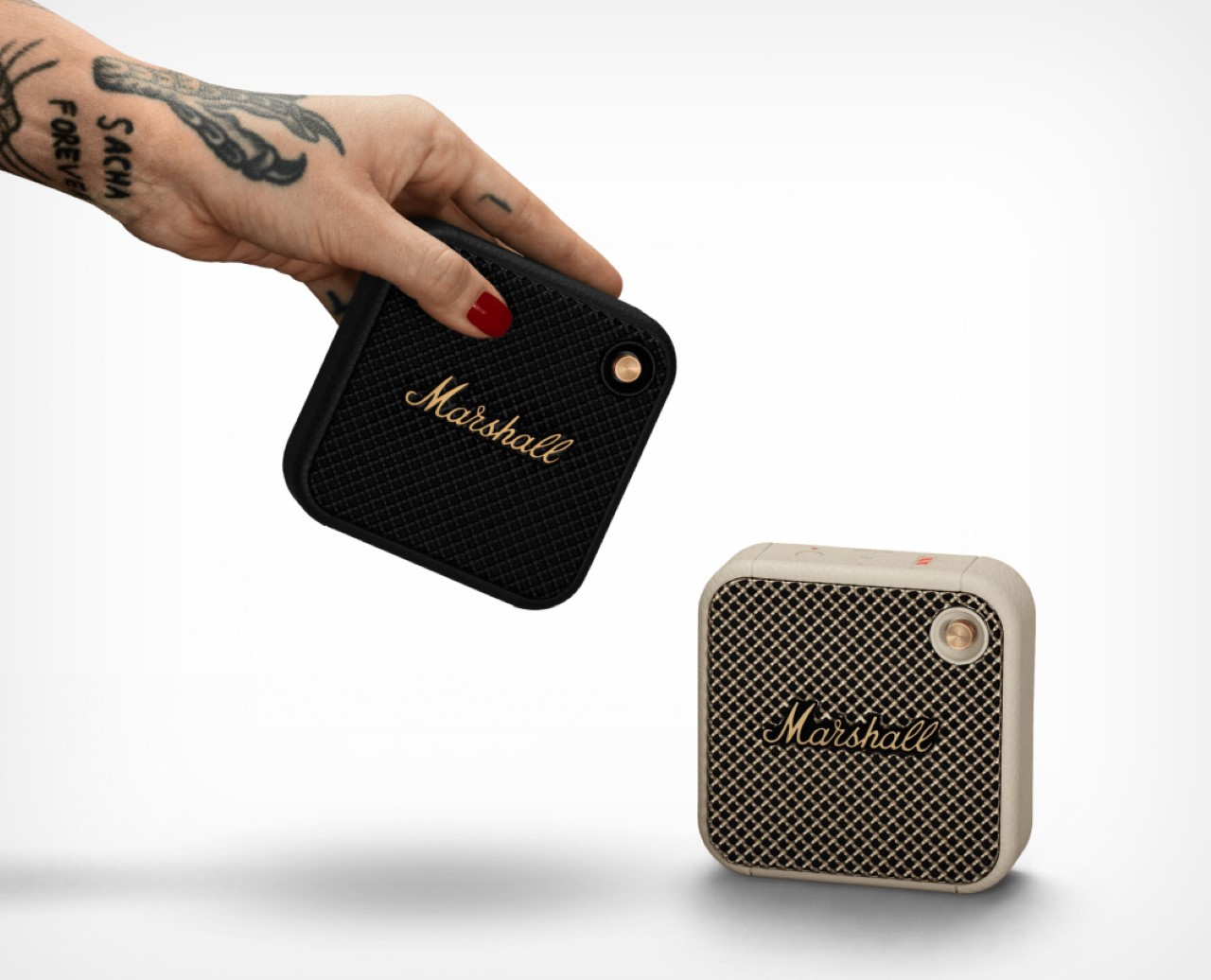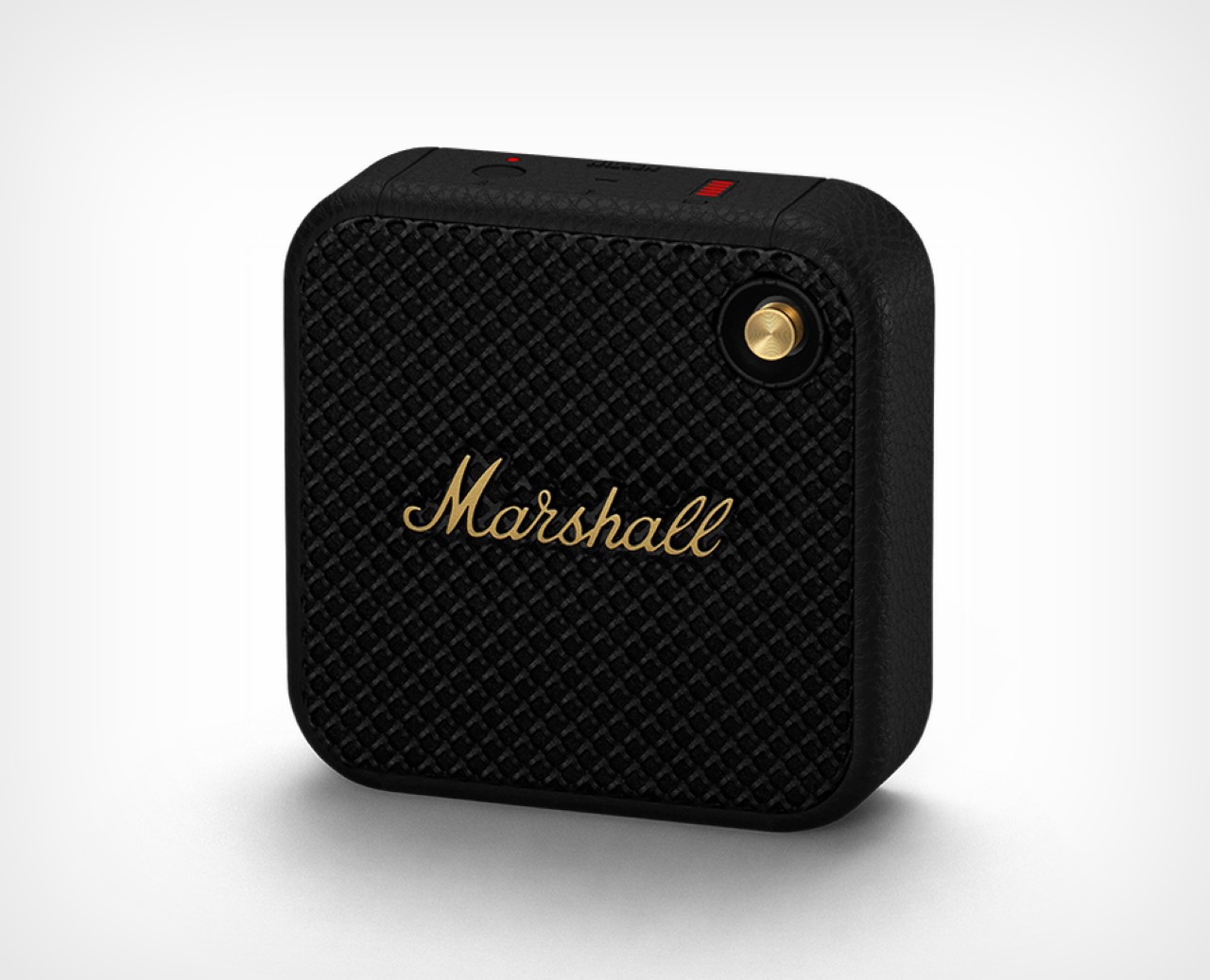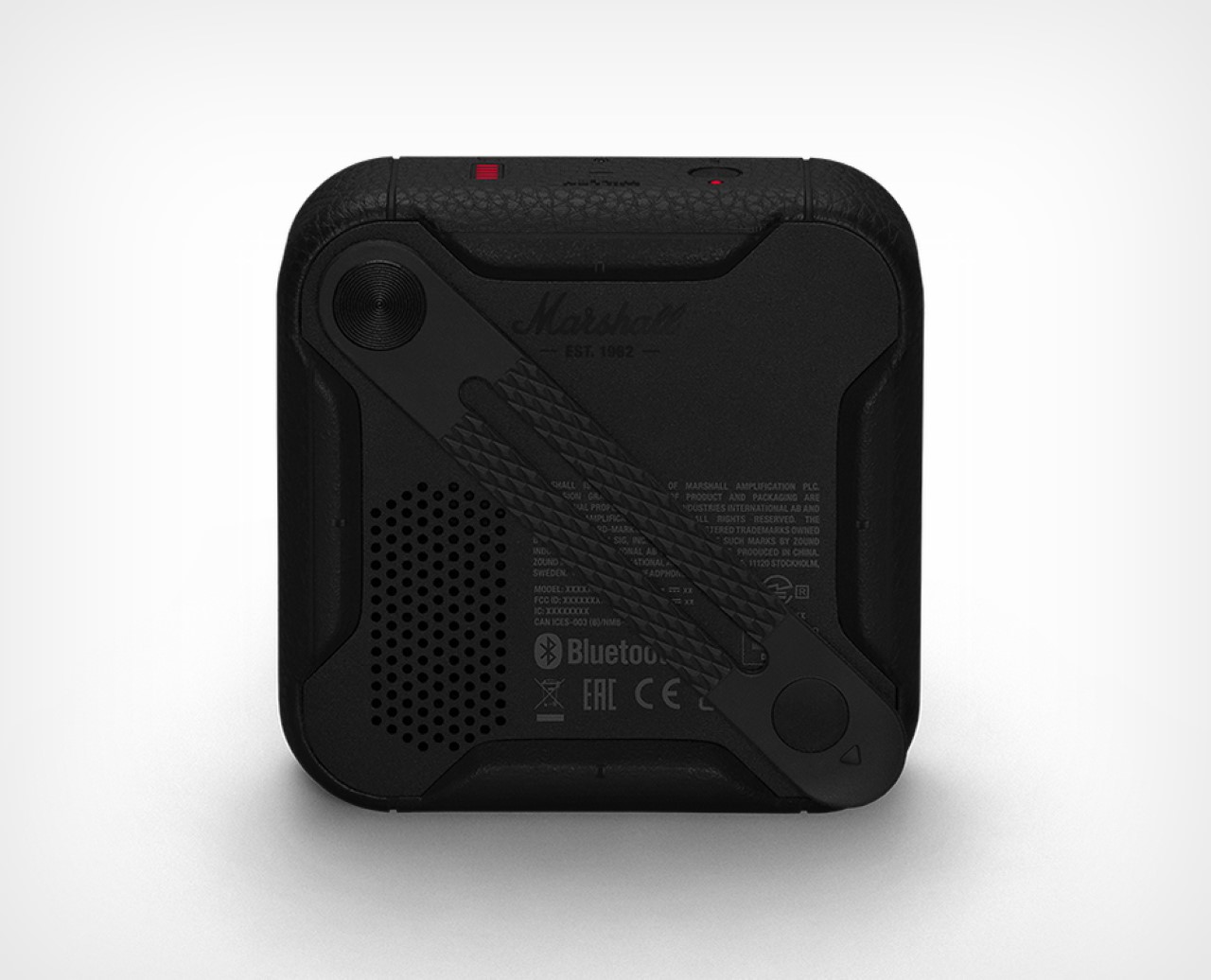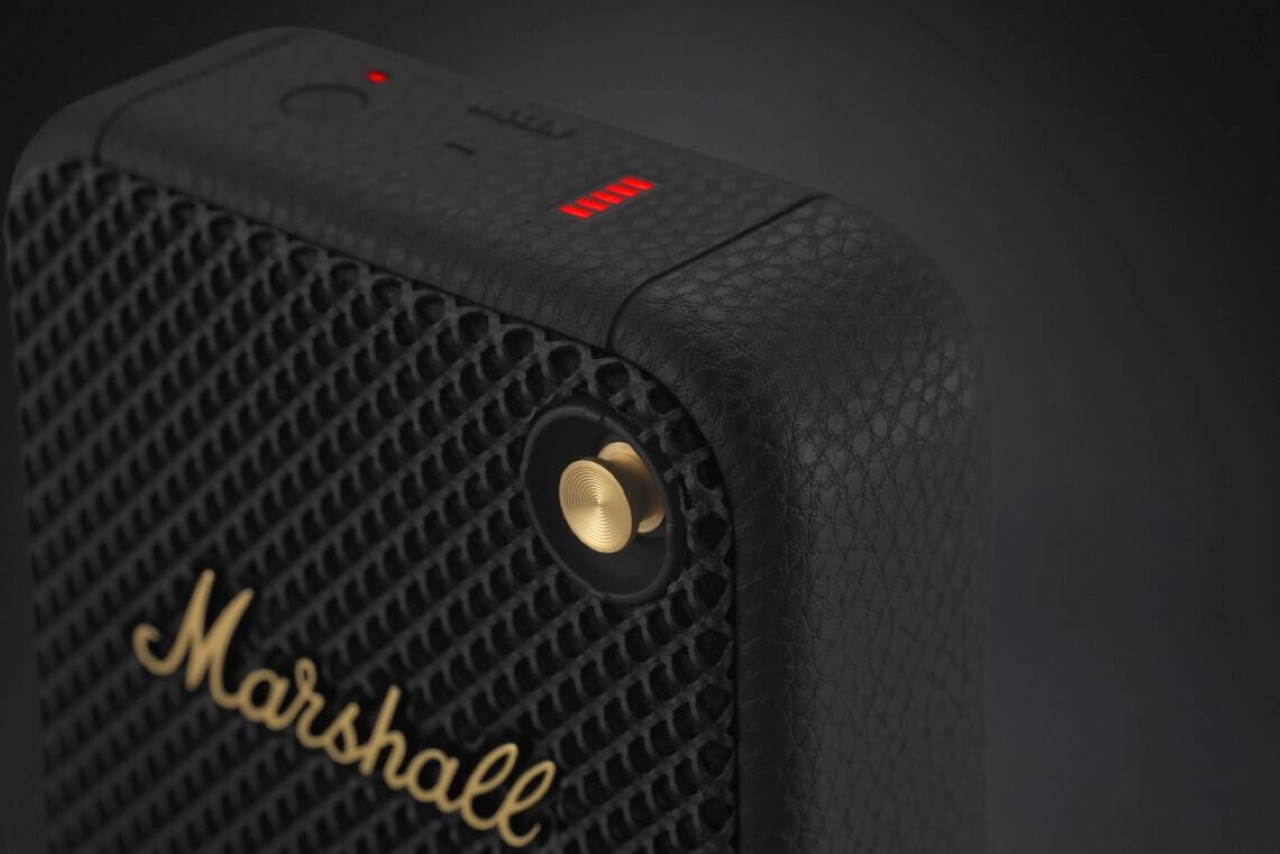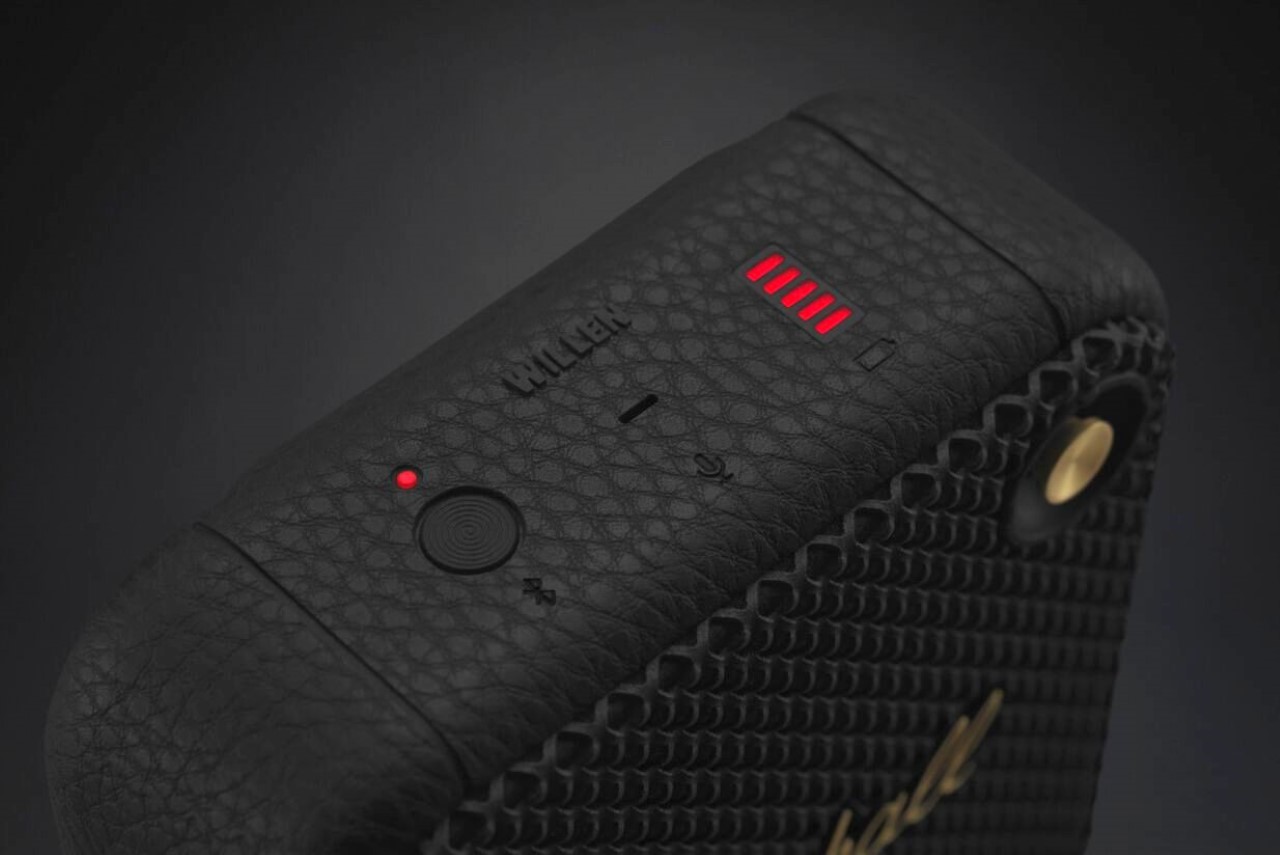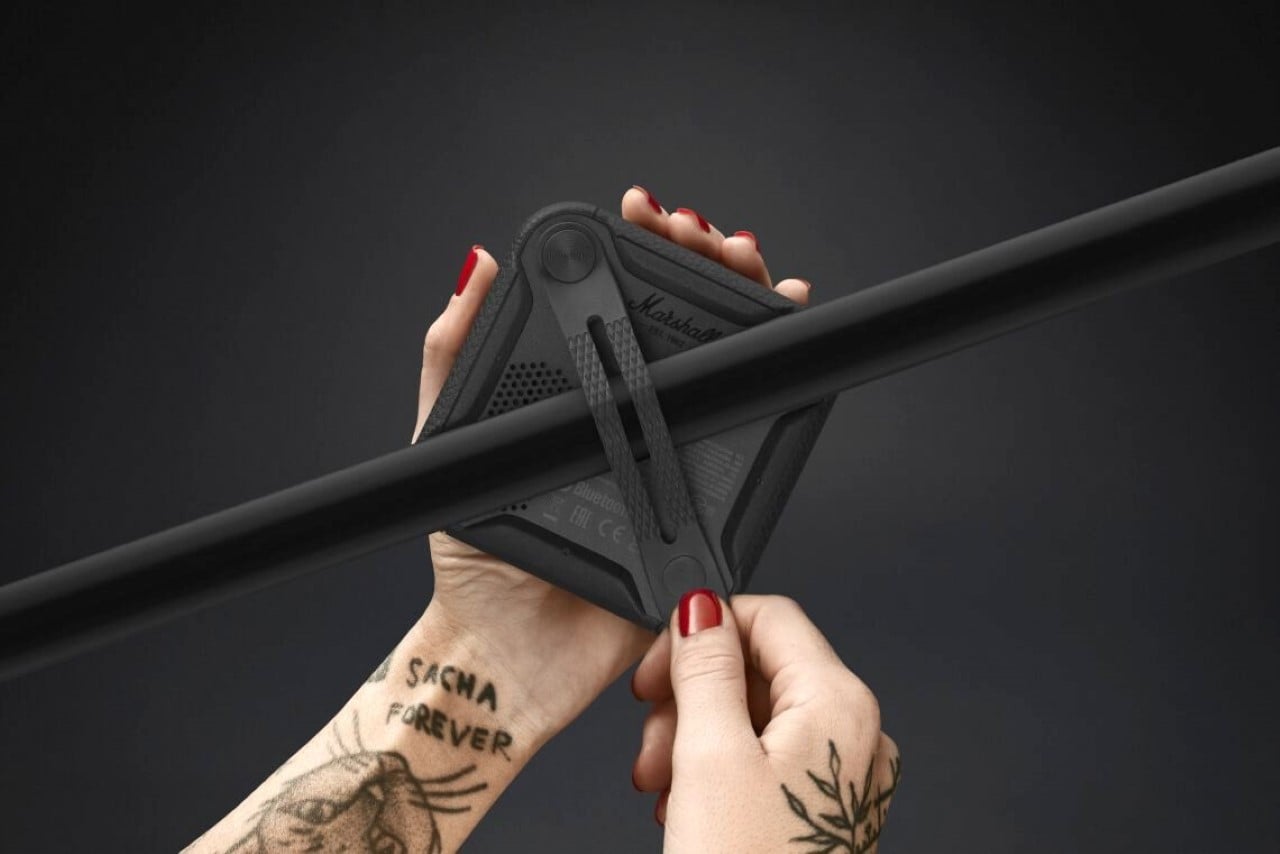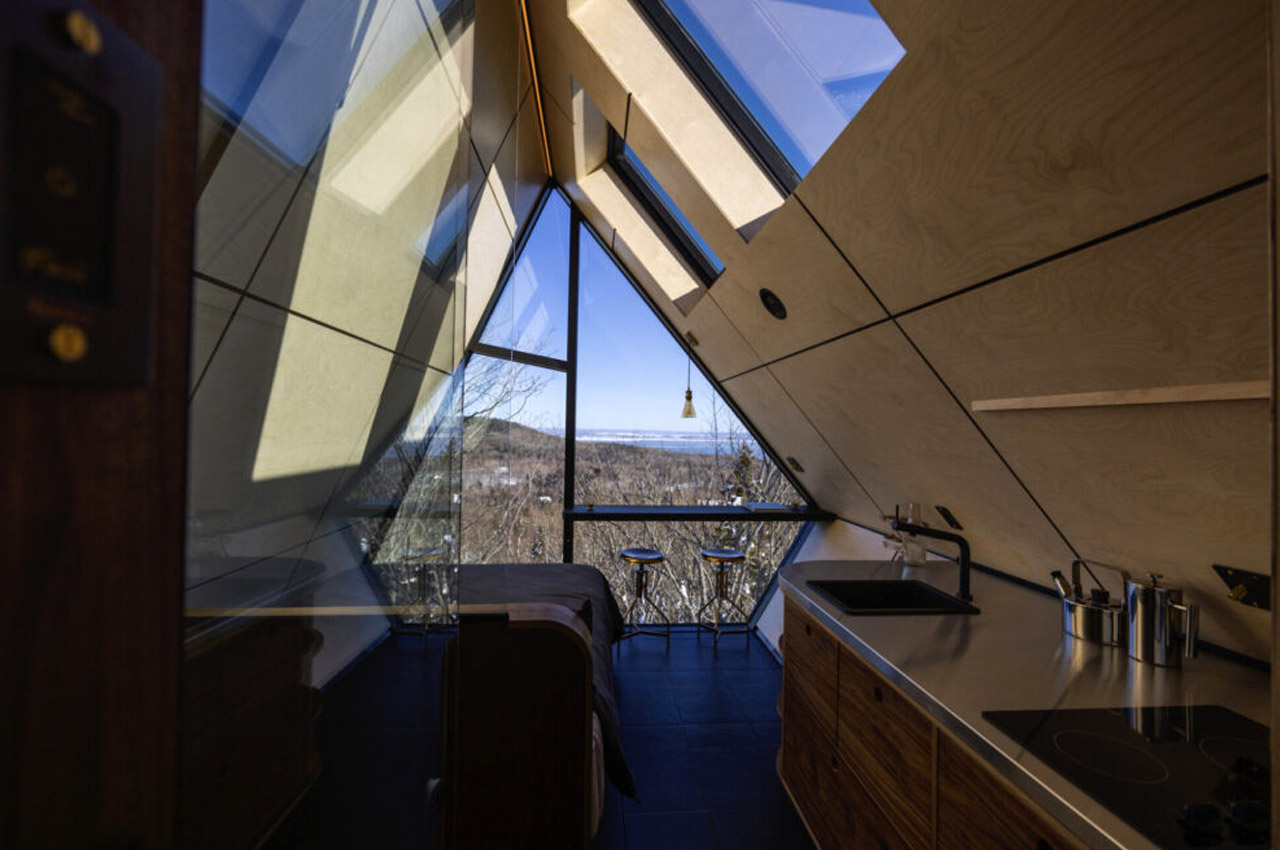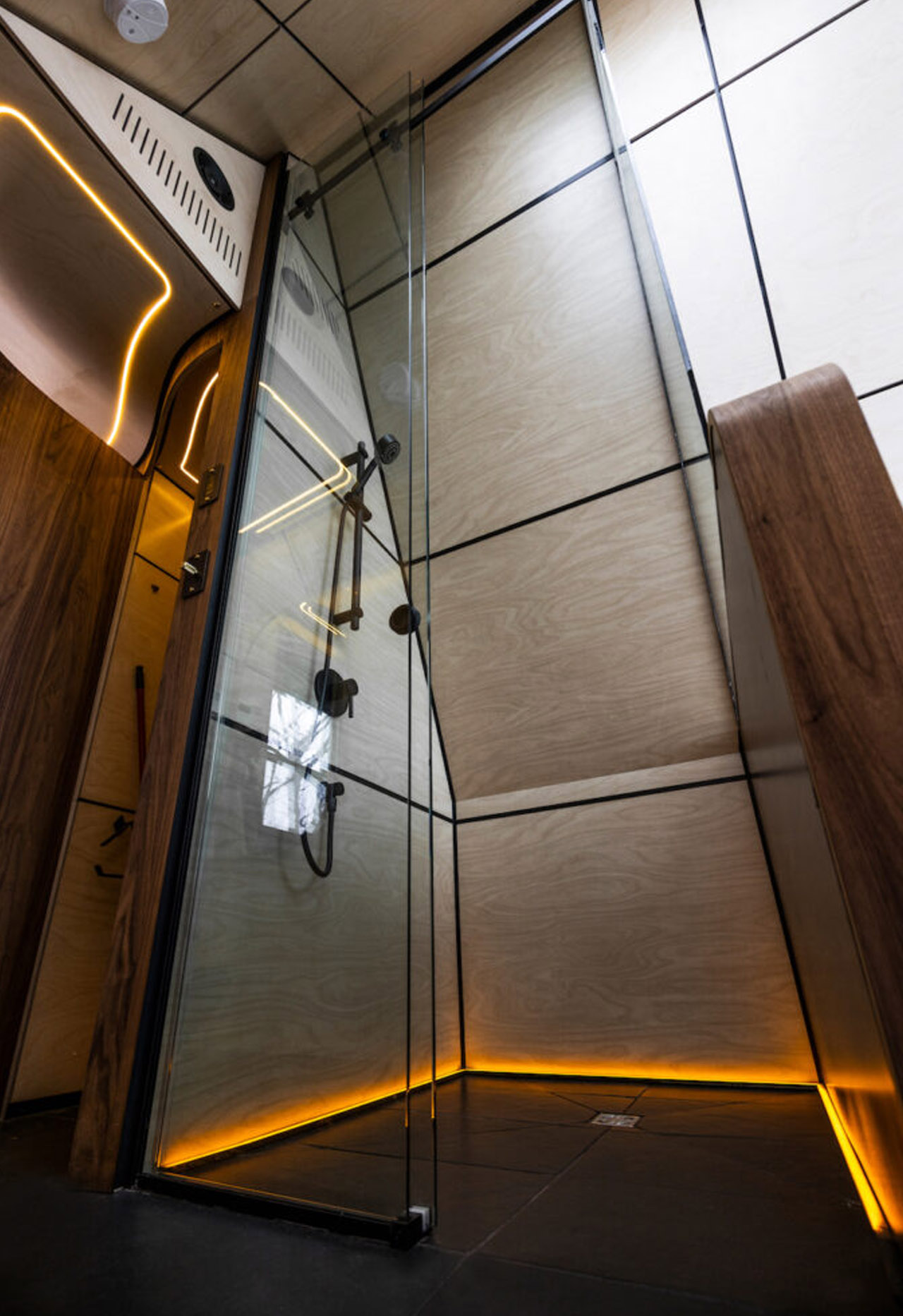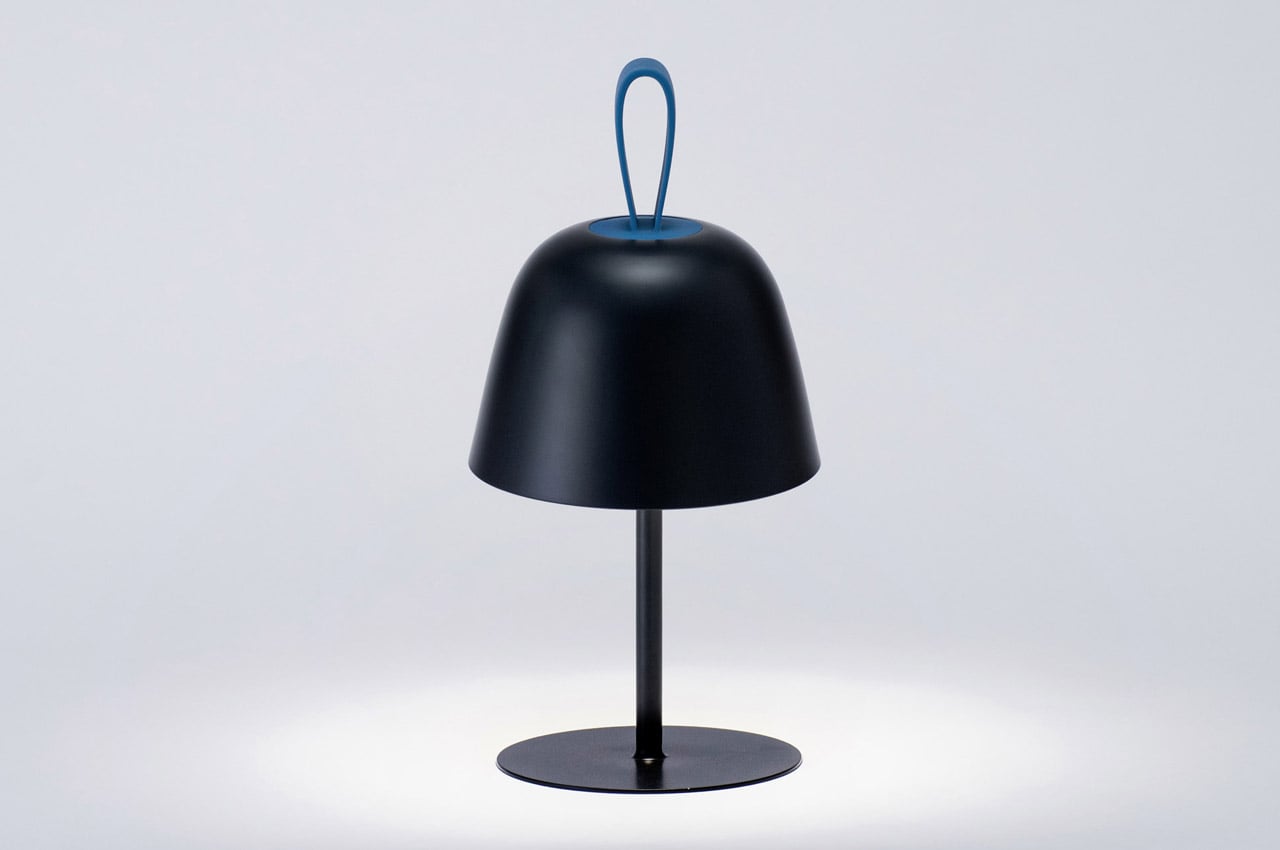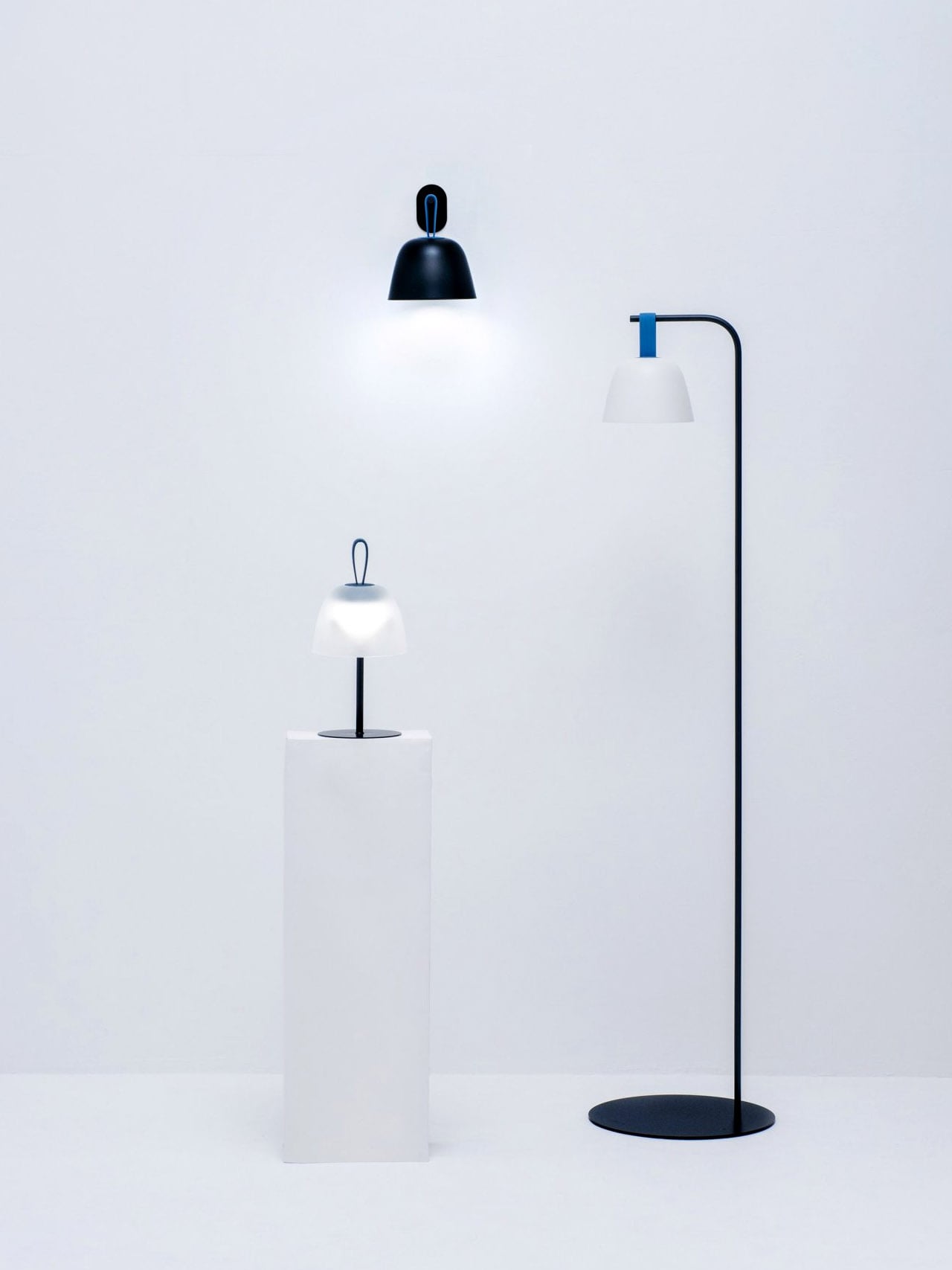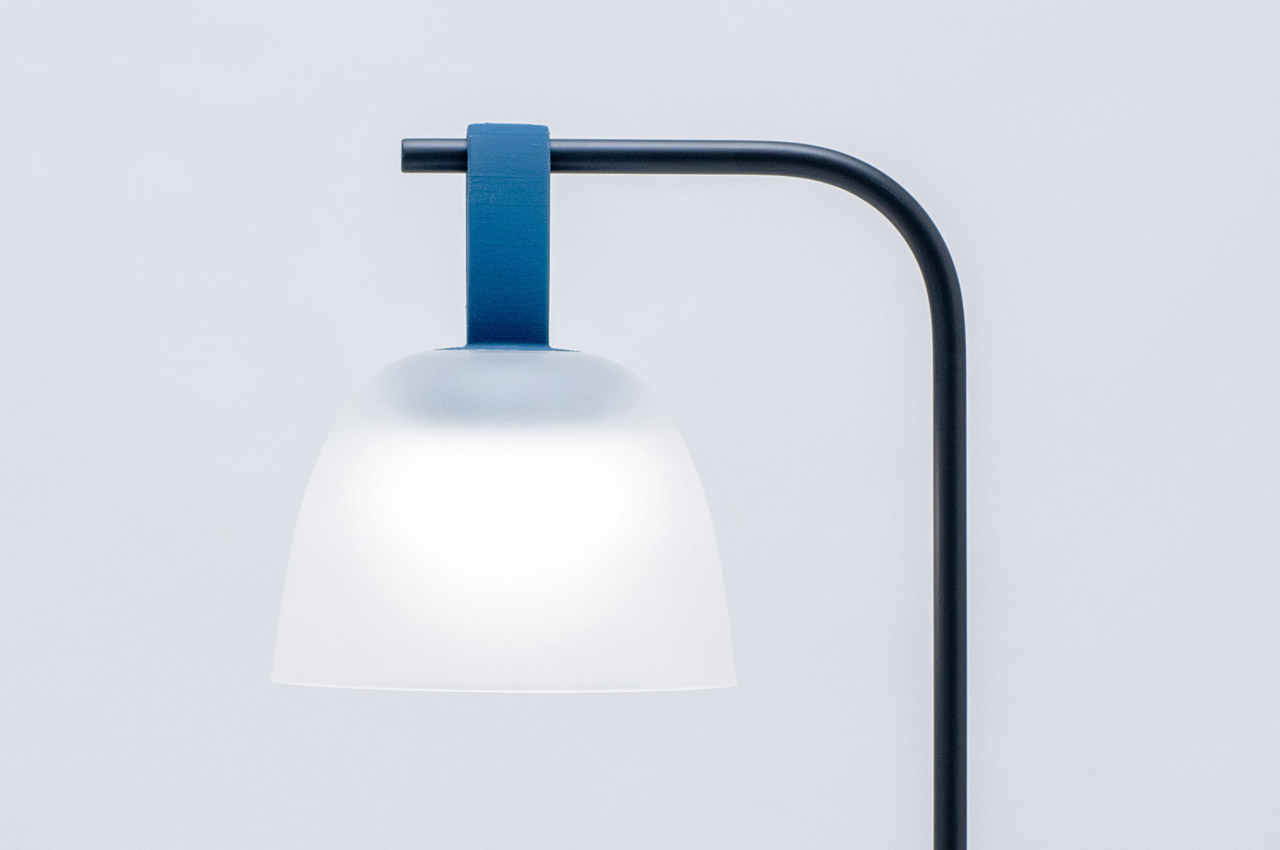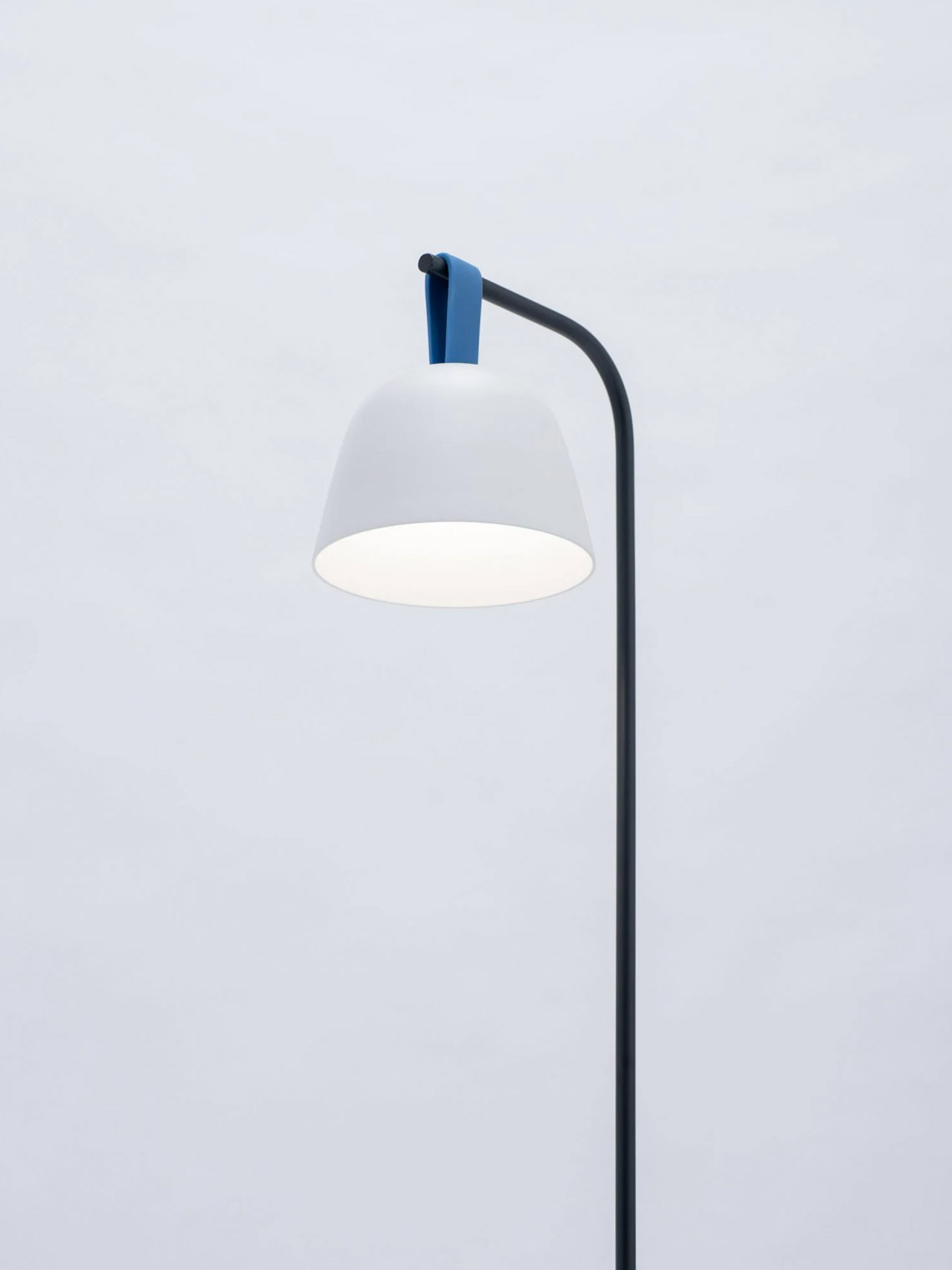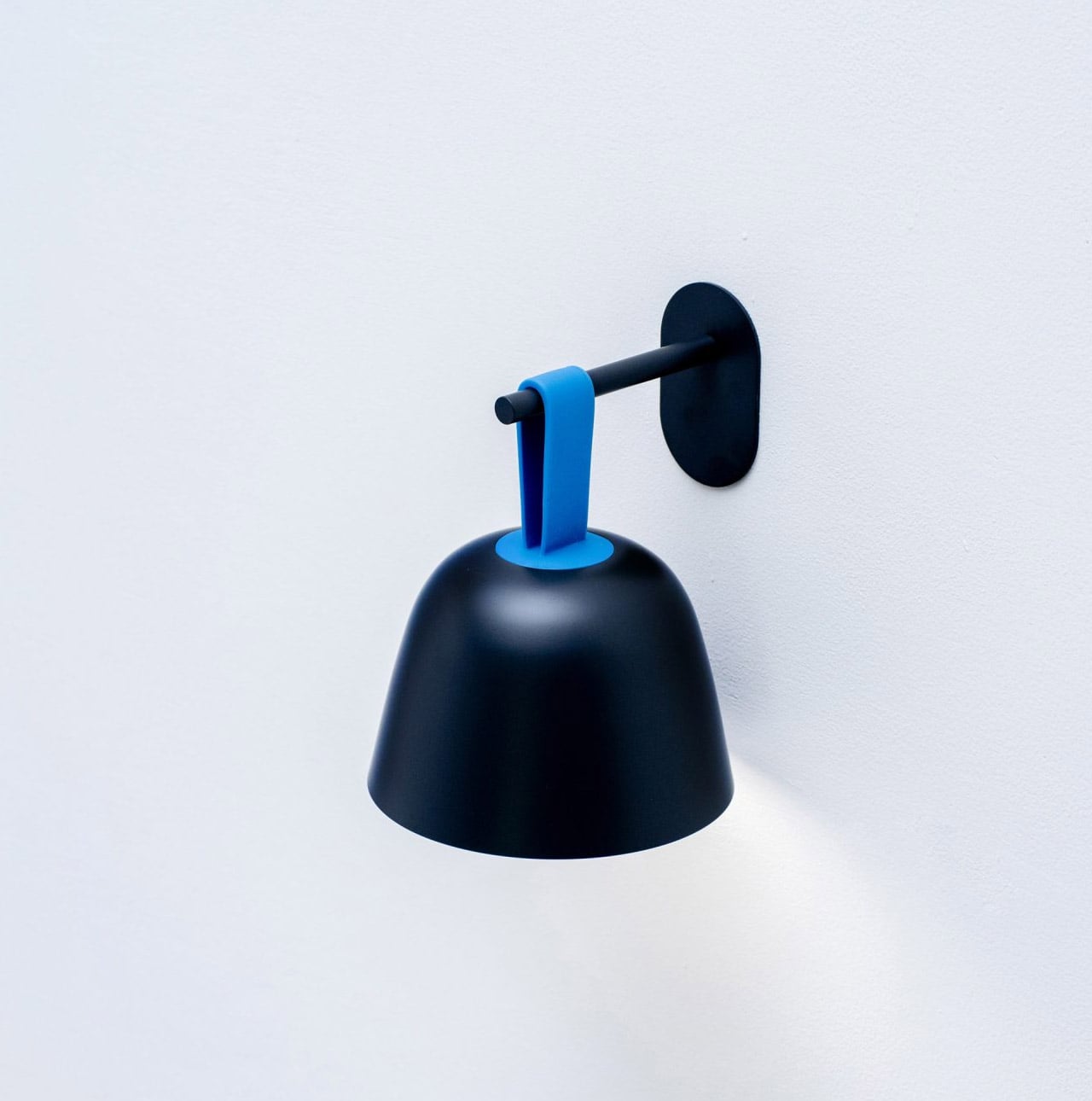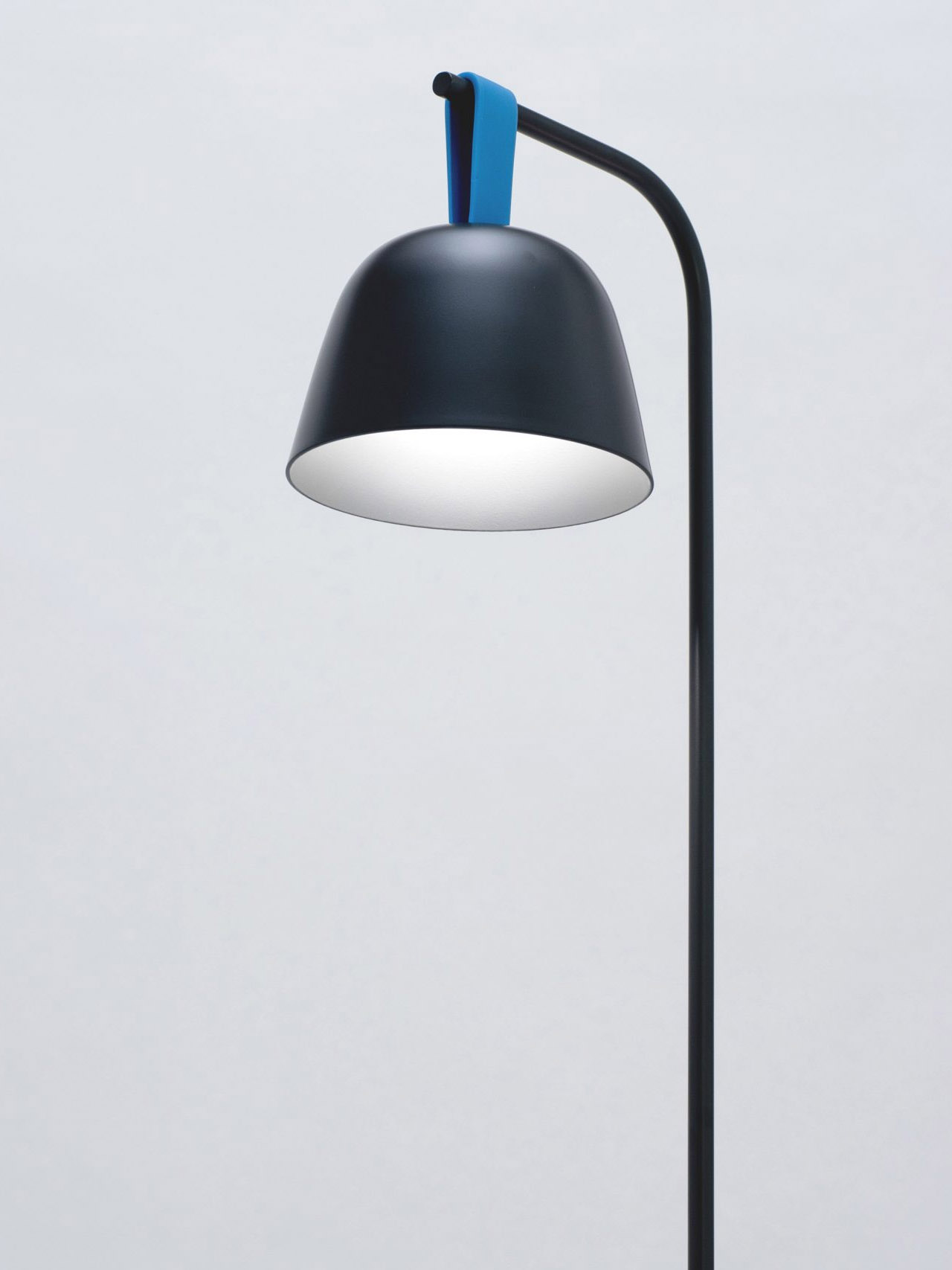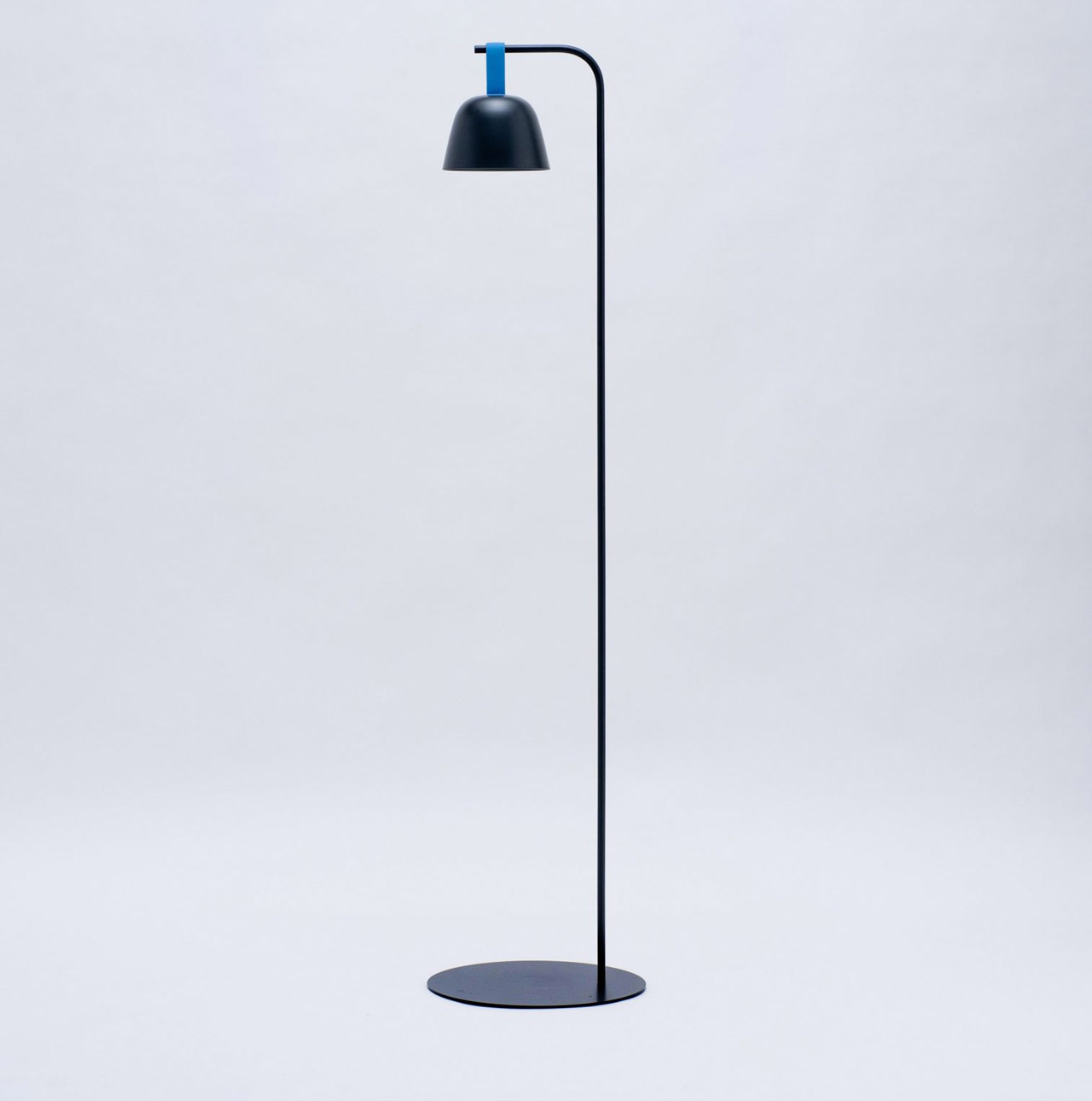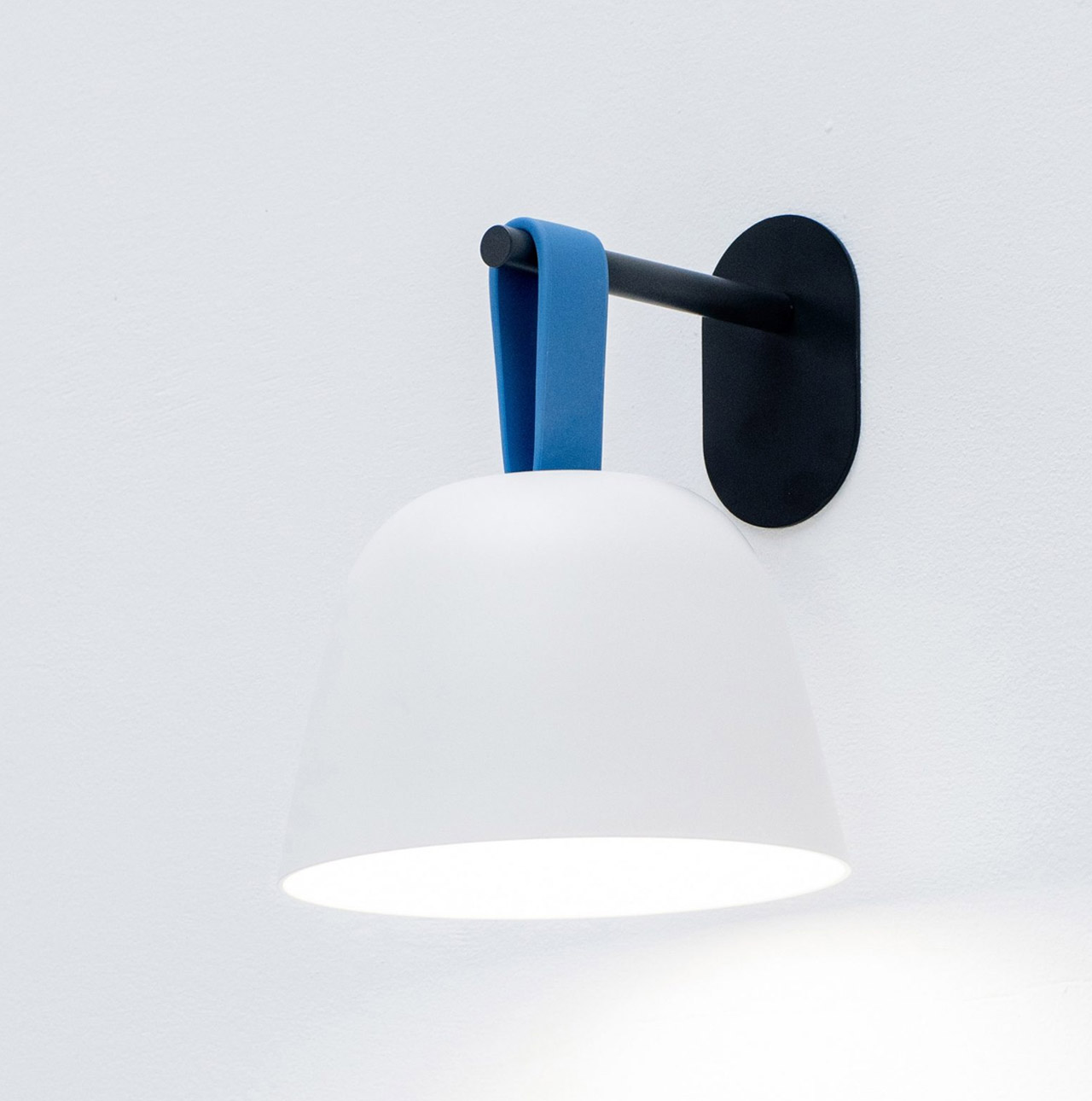The company’s smallest speaker yet, the Marshall Willen still promises to pack a punch with a 2-inch driver, two passive radiators, and IP67 water and dust resistance. Armed with the signature amplifier-inspired faux-leather finish, this palm-sized speaker goes wherever you go, and can even be strapped to yourself, your bag, or random poles to create a unique hands-free soundscape.
Just about as small as a slice of regular bread (that’s the best size comparison I could come up with), the Marshall Willen is the company’s tiniest portable speaker ever made. However, the UK-based audio tech giant doesn’t want the Willen’s size to be its main talking point. Instead, the company is focusing on what the Willen can do, in spite of its tiny footprint.
Designer: Marshall
Like all of Marshall’s portable speakers, the Willen is focused on letting you carry your music wherever you go. However, measuring just 4-inches tall and 3.96 inches wide, the Willen is just the ideal type of compact, and can slip right into bags, backpacks, and even jacket pockets.
With its iconic guitar-amp-inspired design, the Willen lets you carry your love for audio around with you. It weighs a mere 0.68 lb (310 grams) and comes with a rubber strap that lets you secure it pretty much anywhere. On the inside, the Willen houses a 2-inch driver powered by a 10W amp, and two passive radiators that help deliver the punch of a much larger speaker. There’s no WiFi connectivity or voice-command compatibility on this one, but given its size and price, that would really feel like asking for too much.
The Willen comes in two colors – a classic black and a hipster cream, with a single brass multifunctional knob on the top right that lets you control volume and playback as well as accept/reject calls. A built-in rechargeable battery gives the Willen more than 15 hours of playback, while IP67 water and dust resistance mean the Willen isn’t afraid of being near a pool, on the beach, or in light rain.
The Marshall Willen comes with Bluetooth 5.1 connectivity and even boasts of an Android/iOS app to help fine-tune your audio to perfection. In fact, one of its more impressive features is its ability to pair with other Willen speakers in what Marshall calls a ‘Stack Mode’. This effectively allows you to build your own soundstage, giving you power in numbers, and letting you turn the small 4-inch mono wireless speaker into something much more immersive and enjoyable…
The post Marshall’s latest Willen wireless speaker is a palm-sized powerhouse of sound first appeared on Yanko Design.
